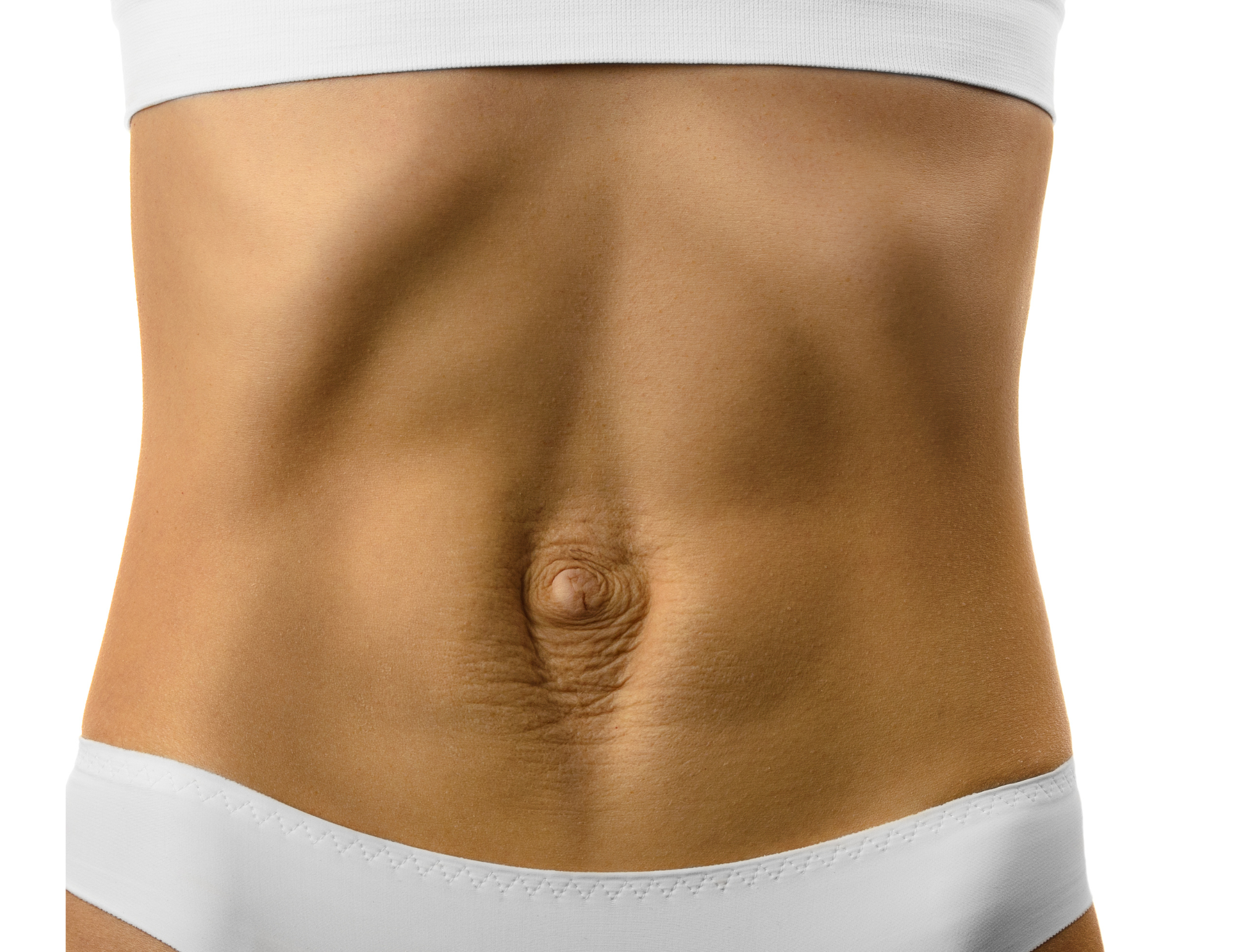Buzzword: Diastasis Rectus Abdominis - What is it REALLY About?
Disclaimer: Prior to participating in any physical activity or workouts, we recommend that you consult with your physician or other health care professionals to determine if these physical activities or workouts are right for you. The author is not liable for any damages due to any omissions, errors or mistakes in this communication or your use of the same. If you use the information in this communication to participate in a physical activity, you do so at your own risk.
Diastasis Rectus Abdominis (DRA) is a natural occurrence in pregnancy and postpartum where the abdominal muscles expand to make room for a growing baby.
The connective tissue of the abdominal wall (called the Linea Alba) spreads and causes the muscles to separate from the midline of our body. However, this does not mean the muscles tear, split, or stop working. Concerns about DRA are valid, but it is not preventable and can vary in severity. Training strategies can help manage it during pregnancy and postpartum. A DRA of 2 cm or less is considered normal. Rehabilitation methods such as pelvic floor physiotherapy and working with a perinatal fitness coach to incorporate adjustments to exercise can help, but in some cases surgery may be necessary. Each case of DRA is unique and presents differently in terms of symptoms and appearance.
Pressure
Intra abdominal pressure (IAP) is necessary for active and healthy living, but women may have high pressure tendencies that can carry over into unnecessary situations. Pregnancy increases IAP (because of your baby inside of you!) and adds demand on the core system. This increased demand affects:
- Physical structure
- Muscle Habits or Strategies
- Breathing
- Movement
To manage DRA during pregnancy and postpartum recovery, it’s important to be aware of pressure tendencies and try new strategies instead of just bracing and breath holding, which can place excess force on the Linea Alba.
Watch this video about pressure management to understand!
Exhaling prior to movement can help generate more support and redistribute pressure. This is called Foundational Breathing and you can watch it here.
High IAP is beneficial when needed, but should not be purposely created during pregnancy or postpartum when trying to preserve and manage core and pelvic health.
How to Check for DRA
We can use this method for measuring the separation between the rectus muscles in the abdominal area, known as DRA. A separation of 2cm or less is considered "normal," but that this can vary and the overall condition or integrity of the fascia in the area should also be considered. DON’T become overly focused on measurements during pregnancy because DRA is a normal part of the process. Some women may experience symptoms such as pain or hernias, but that it is not always the sole cause of a DRA. You must seek professional support to get an appropriate DRA diagnosis and in the meantime - embody patience and adaptability in your activities to improve your core function and symptoms.
How to self-assess your DRA in supine (lying on your back)
How to self-assess your DRA in tall kneeling
Diastasis & Movement
The way we move and strategies we use in daily life and exercise directly affect our DRA, particularly during pregnancy and postpartum. Small adjustments in training, such as pressure management and positional awareness can be used to support core and pelvic health. Pregnant women must consider the long-term impact of movements in pregnancy on their postpartum healing, performance and function, and not solely focus on ‘CAN I still do XYZ?"‘. Pregnant women need to do a benefits versus risk assessment for exercises when determining if it supports their long term fitness and postpartum recovery or just provides short term satisfaction in exercise.
Coning
DRA is not something to be feared and "coning," or a bulging of the abdomen, is simply a visual indication of how you are managing your IAP.
Improving your core strategies by:
Adjusting breath holding (avoid Valsalva breathing)
Positioning: see how to stack your posture here
Modifying exercises
This can help manage the pressure and minimize the risk of hernia, DRA or pelvic floor dysfunction.
Connection & Core Breathing
We can use our breath to help connect the abs and pelvic floor and improve DRA, this is called ‘Core Breathing’. It involves placing hands on different areas of the abdominal region, such as the pelvic floor, lower abdomen, and ribs, and inhaling and exhaling while engaging the muscles in those areas. The sequence is meant to be practiced while laying down, and emphasizes the importance of mental and physical awareness and coordination in healing a DRA. It is not meant to be a quick fix, but rather a foundation for proper exercise and progress.

